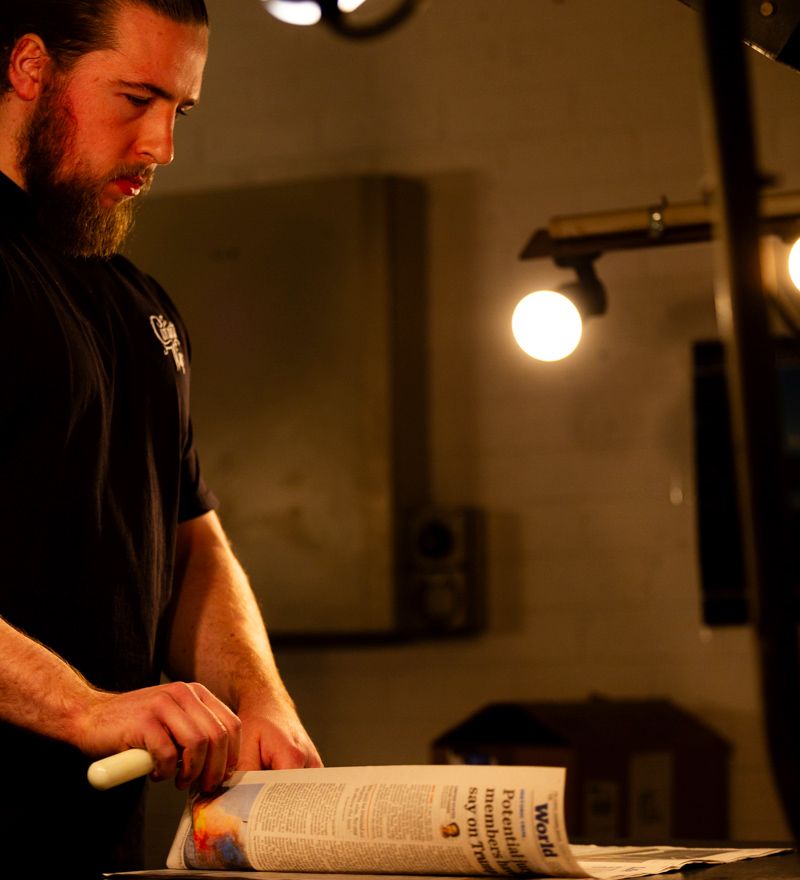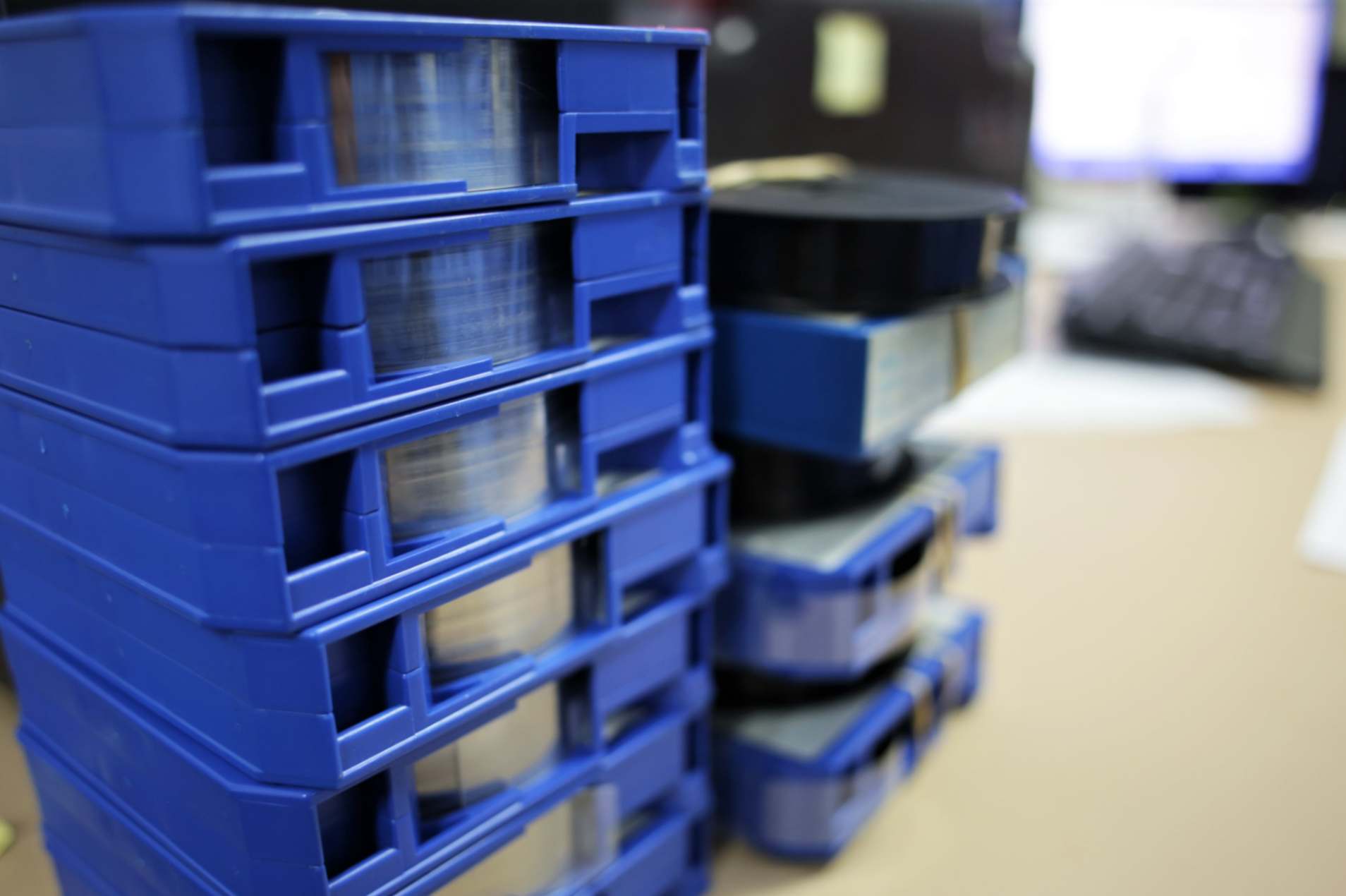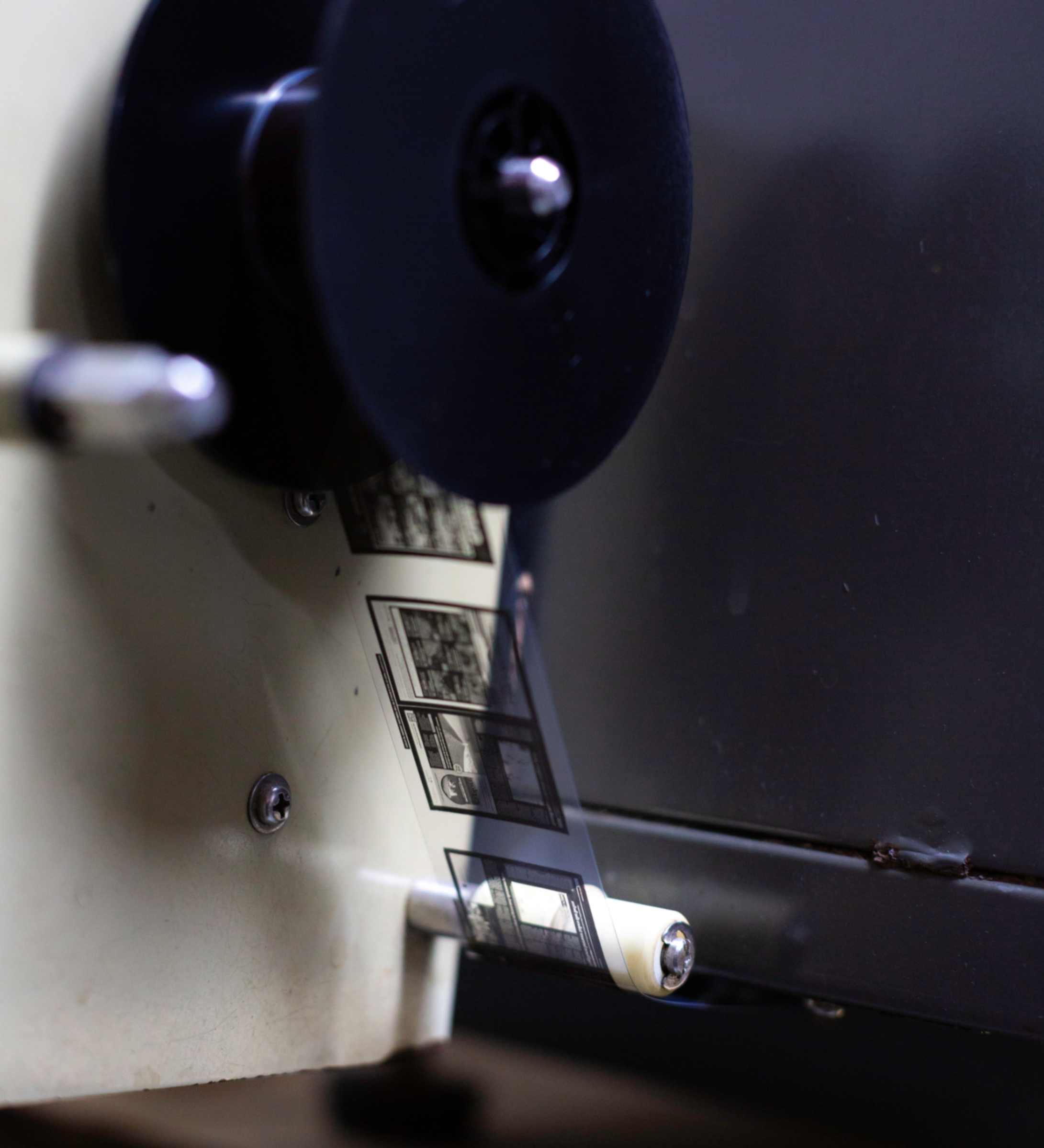Microfilm Digitisation/Conversion
& Filming
Microfilm Digitisation/Conversion
& Filming
Microfilm, due to its durability, reliability, and independence from technology, remains a trusted choice of record storage for many artifacts, including newspapers, documents, and patient records.

Film-Based Imaging
GMS Digital has an unparalleled reputation for producing high-quality 16mm microfilm and 35mm microfilm. We have been working with many of Australia’s leading institutions for almost 40 years.

16mm roll film
All documents up to A3 size are microfilmed on high-resolution planetary cameras, with a 16mm roll of microfilm containing up to 3000 frames. The advantages of microfilming with planetary cameras is the ability to cost-effectively convert film to digital images for future accessibility.

35mm roll film
Engineering drawings, drainage plans, maps and architectural plans up to A1 size can be microfilmed onto 35mm roll film. Newspapers, Council Rates, Valuation books, old Minutes, Hansard, Manuscripts, and many large bound documents are microfilmed onto 35mm roll film. The 35mm film (original) is then duplicated onto either positive or negative silver halide film used for everyday use and can be distributed to other stakeholders.
35mm film has a superior reproduction quality when being converted to electronic images over both 16mm and 105mm for handwriting and photographs.
Microfilm Digital Conversion
Microfilm and Microfiche can contain thousands of records. The retrieval of this information is often very time-consuming. At GMS Digital we have the expertise, specialist equipment, and ISO accredited processes to enable the digitisation of all Microfilm formats. This includes 16mm and 35mm roll film, aperture cards, microfiche, and COM Fiche.
After digitisation, records may be easily retrieved as single and multi-page PDF or PDF/A documents with text-recognition and search capabilities. Alternatively, records can be supplied as high-resolution TIFF images.
DEGRADATION OF FILM:
WHY YOU SHOULD DIGITISE YOUR MICROFILMS
Correct storage and handling of microfilm and fiche is important for long term preservation. Reference copies of film and microfiche should be stored in a clean, dark, climate-controlled environment, preferably between 18 and 22 degrees Celsius and relative humidity between 45 and 55. After use, microfilm and fiche should be immediately returned to its storage packaging as extended exposure to light can adversely affect the film.
Microfilm produced pre-1990 was generally acetate-based film and more susceptible to decay (if stored and handled incorrectly) than the polyester- based film introduced in the 1990s.
The breakdown and deterioration of acetate-based film and fiche can be associated with a sour vinegar smell known as vinegar syndrome. The film may become brittle as the emulsion and film base can separate. You may also notice the film sticking together in its rolled state inside the storage cartridge or on the reel.
Please contact our team if you have any concerns over the condition of your Microfilm and we would be happy to advise you on potential solutions.

At GMS Digital we offer
Unparalleled Precision and a Seamless Process
Customised Solutions for Your Needs
The Ability to Preserve Heritage and Enhance Accessibility
Our specialised digitisation services ensure meticulous preservation and archiving of your historical and heritage collections
Contact our team today to experience excellence in Microfilm Digitisation/Conversion & Filming Services
